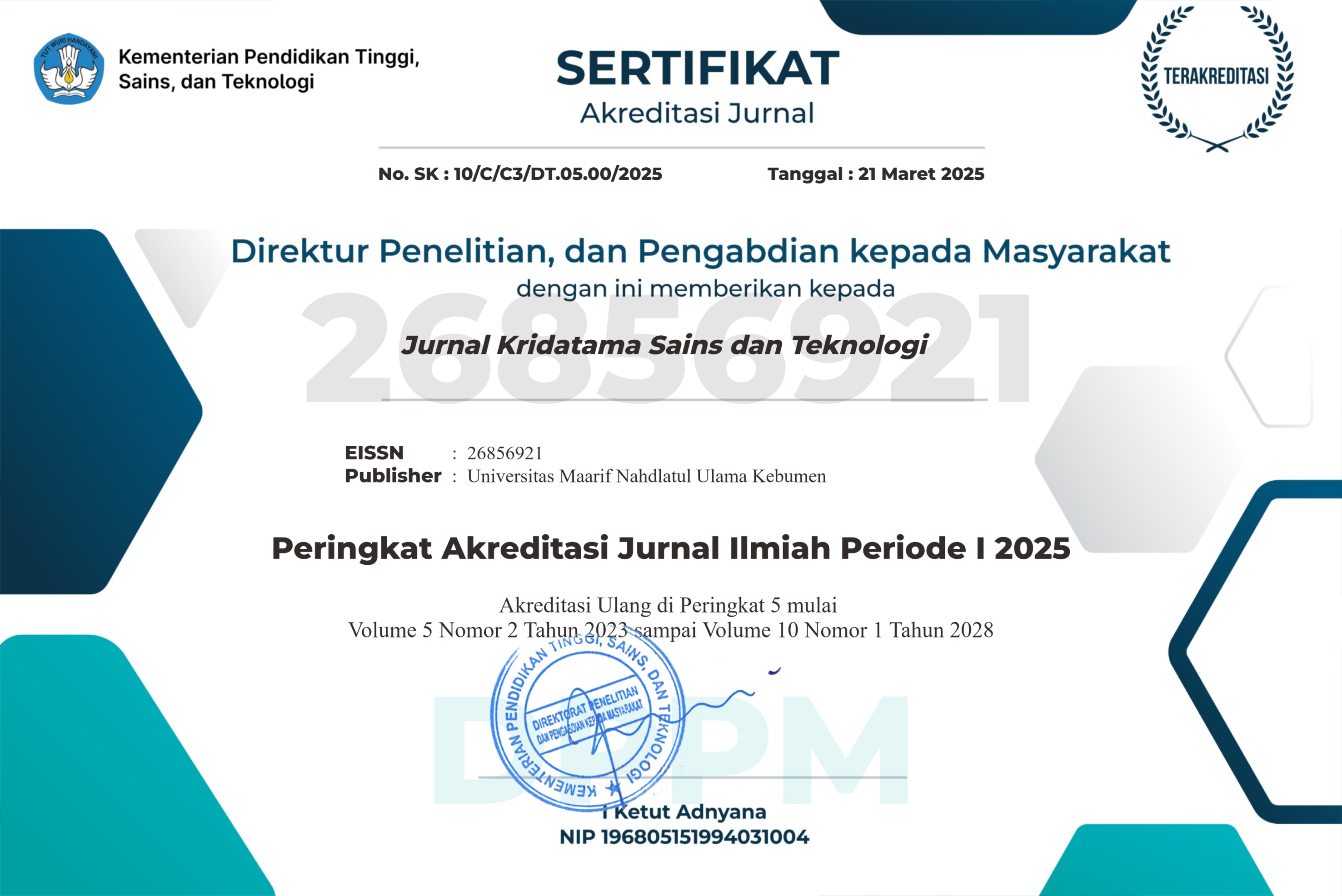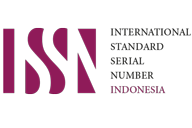Manajemen Sistem Penilaian dan Pelaporan Pembelajaran Daring di SMA (Studi Kasus di SMA Negeri 1 Cilacap)
DOI:
https://doi.org/10.53863/kst.v4i02.594Abstract
This research is motivated by the demands of digitalization in the technological era which require speed of service, honesty, and the demands of the times. This is supported by the Director General of Elementary and Primary Education through the Circular of the Director General of Elementary and Basic Education of the Ministry of Education and Culture Number: 08/D/KR/2017 concerning filling in the final grades of report cards, US and USBN in Dapodik, especially at the high school level, so all high schools that have been appointed to use e-reports starting in 2017 must insert and upload data on report cards, US, and USBN, including SMA Negeri 1 Cilacap. This study aims to obtain an overview and analysis of the planning, organization, and implementation of learning assessment management in a bold manner at SMA Kabupaten Cilacap (Case Study at SMAN 1 Cilacap). SMAN 1 Cilacap is one of the schools that has implemented e-reports at the high school level of around 1,400 (Total SMA in Indonesia 13,000 schools) and the reporting. The method used in this study uses a descriptive qualitative approach. This research was conducted by implementing the management principles of G.R. Terry, namely planning, organizing, implementing, and supervising the assessment and reporting of student learning outcomes by using IT. The research method used is a qualitative approach. In conclusion, at all stages of management, planning, organizing, and carrying out assessment and reporting of learning outcomes has been carried out together with the school element approach, coordinated by the school through a curriculum team that collaborates with school management, school development teams, assisted by deputy principals, and curriculum teams , as well as with all the teachers. The obstacles faced, namely HR and technical constraints and can be overcome with assistance by the IT team together with the teachers. In its implementation, technical problems usually occur at the beginning of use.
Keywords: management, assessment, courage.
References
Direktorat Pembinaan SMA, Dirjen Dikdasmen Kemendikbud. 2019. “SMA di Era Digital”. Jakarta: Direktorat Pembinaan SMA, Dikdasmen Kemendikbud.
Nugrahani, Farida. 2014. Metode Penelitian Kualitatif dalam Penelitian Bahasa Indonesia. Solo: Cakra Books.
Sekjen MPR RI. 2005. Undang-Undang Dasar Negara Republik Indonesia Tahun 1945. Jakarta: Sekjen MPR RI.
Terry, G.R. dan Rue, L.W. (2019). Dasar-Dasar Manajemen (Edisi Revisi). Alih bahasa G.A. Ticoalu. Jakarta: Bumi Aksara.
........ https://kbbi.kemdikbud.go.id. Diakses: Selasa, 20 Desember 2021.
......... https://mediaindonesia.com/humaniora/435817/tahukah-kamu-apa-itu-kajian-pustaka. Diakses: Selasa, 20 Desember 2021.
....... https://www.pikiran-rakyat.com/pendidikan/pr-01323410/2024-semua-sekolah-di-indonesia-pakai-rapor-elektronik, diakses: 15 Desember 2021).
Undang-Undang Nomor 20 Tahun 2003 tentang Sistem Pendidikan Nasional.
Peraturan Pemerintah Republik Indonesia Nomor 57 Tahun 2021 Tentang Standar Nasional Pendidikan.
Permendikbud Nomor 23 Tahun 2016 tentang Staandar Penilaian Pendidikan
Peraturan Menteri Pendidikan dan Kebudayaan Republik Indonesia Nomor 4 Tahun 2018 Tentang Penilaian Hasil Belajar Oleh Satuan Pendidikan Dan Penilaian Hasil Belajar Oleh Pemerintah.
Surat Edaran Dirjen Dikdasmen Kemendikbud Nomor: 08/D/KR/2017 tentang Pengisian Nilai Akhir Rapor, US, dan USBN di Dapodik.
Downloads
Published
How to Cite
Issue
Section
License
Copyright (c) 2022 Ayi Najmul Hidayat,Teti Ratnawulan,Fuad Aljihad,Heri Heri

This work is licensed under a Creative Commons Attribution-NonCommercial-NoDerivatives 4.0 International License.
Authors retain copyright and grant the journal right of first publication with the work simultaneously licensed under a Creative Commons Attribution-ShareAlike 4.0 International License that allows others to share the work with an acknowledgment of the work’s authorship and initial publication in this journal

















